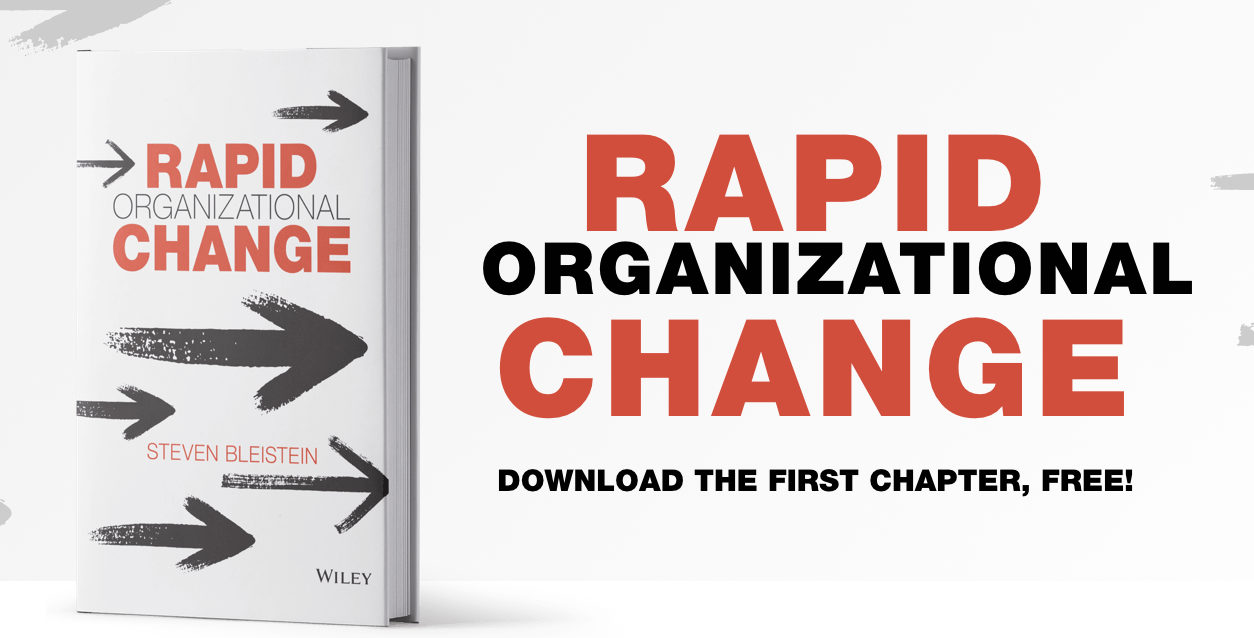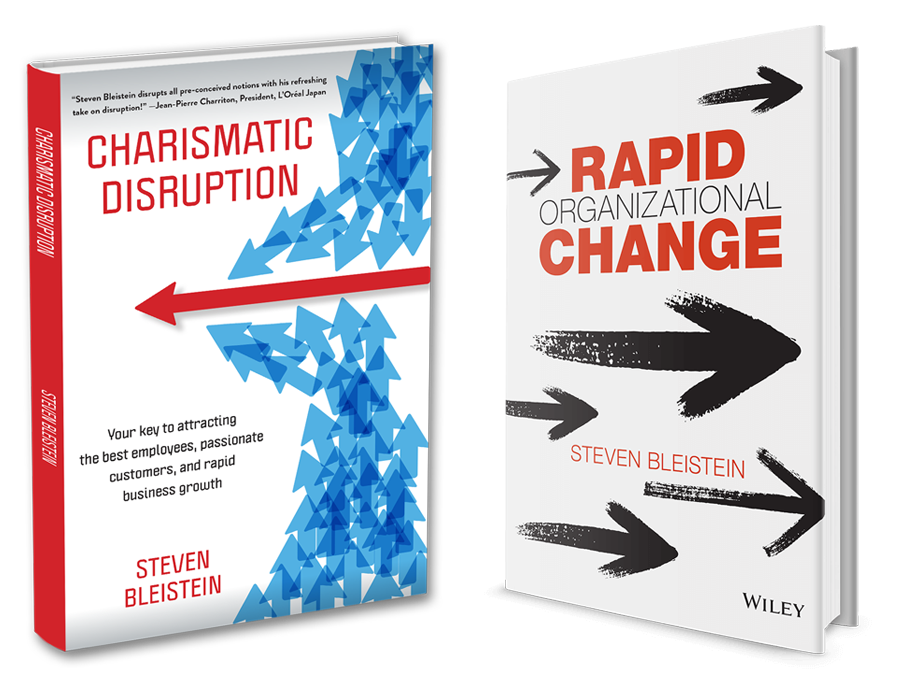It is not uncommon for a CEO not to know exactly how his or her sales and business development people routinely behave in front of real customers and prospects without observing them in action. I recently learned of how one CEO was blindsided when he did just that.
A CEO of a non-Japanese apparel firm expressed interest to the CEO of an American chemical company—a friend of his—about a high-tech material the chemical firm produces to use in manufacturing for one of his own company’s products.
So with two of his business development people in tow, the CEO of the chemical firm showed up in his friend’s corner office at the appointed time.
The CEO of the apparel company asked, “So what’ve you got?”
The business development people took that question as their queue to start. They booted up a slide presentation and began a well-rehearsed pitch.
Not even one minute in, the CEO of the apparel firm raised his hand and interrupted, “Close the laptop. Just tell me what you’ve got.”
The business development people fell silent. Neither was capable of simply having a frank business conversation in their own words without any marketing material and sales props. The CEO of the chemical company was flabbergasted and embarrassed. He took over the conversation and completed the meeting. If this is how the business development people were behaving with customers when he was in the room, he had to wonder how they were behaving with customers without his presence. He had been feeling that his company, while profitable nonetheless, was underperforming. Now he had some indication of why, but only because he was able to observe his people in action with a real prospect.
The CEO of a different company in Japan told me how he believes the operation he leads is underperforming—most likely because of the way his salespeople perform. Yet, he had never taken the opportunity to observe any of them in action in order to be sure.
If you suspect your business could have better results if your sales and business development people behaved differently, you ought to observe them for yourself. What is the difference between the under-performers and those who achieve excellent results whom I have observed in companies in Japan? Have a look below.
| Underperformers | Excellent Results Achievers |
| Memorize and regurgitate a pitch. | Have a conversation. Ask questions about the prospect’s business. Provide insights. |
| Rely heavily on props, such as slides, catalogs, printouts, specs, data, price lists, and video presentations. | Require no props. Rely heavily on conversation at least until they understand the prospect’s business objectives. |
| Treat questions like an oral exam. Try to respond with the right answer. Promise to call back with the right answer if they don’t know. | Treat questions as an engaging conversation. Ask about what prompted the prospect to ask. Try to understand the prospect’s beliefs, motivations, and concerns. |
| Ask about technical requirements, specs, delivery time, and budget. | Ask about what the prospect wants to achieve as an outcome for his or her business. |
| End the meeting either with a sale or more often than not with the vague hope of a callback. | Never end a meeting without a concrete next step—who does what by when. |
| Talk a lot. | Listen a lot. |
| Are afraid to meet with anyone of higher rank than his or her own. Do not know how to talk with a CEO. | Will talk without hesitation with the CEO if the CEO is the right person. Understand that the language of value knows no rank. |
| Insist on preparation before a meeting to research and understand the customer beforehand. | Never delay a meeting just for preparation. Rely on ability to ask questions in the moment to understand a prospect’s business and objectives. |
| Are obsequious. Treat the customer as a god. Say “thank you” profusely to the prospect even just for answering a simple question or giving mild praise. | Converse with a prospect as a peer. When the prospect praises the company or the product or service of the business development person, they respond with something like, “You know, you would be surprised how many of our customers tell me exactly what you just said.” |
| Rarely ask about or understand specifically how buying decisions are made within prospect company beyond vague entities, nameless people, and invalidated presumptions. | Ask about the prospects buying process, specifically who decides what by when according to what kind of evaluation criteria. Confirm role of counterpart in that process before progressing. |
| Make proposals to intermediaries and live in hope of success. Afraid to bypass gatekeepers. Typically have around a ten percent acceptance rate on proposals. | Never make a proposal to anyone other than a buyer with independent authority to make a purchase decision. Typically have a proposal acceptance rate greater than eighty percent. |
| Will continue endless series of meetings finishing with a “maybe” in order to avoid a “no” in a futile pursuit of “yes.” Have an ever-growing pipeline of “maybe” prospects whose next steps are “waiting for response.” | Will get to “no” fast with any prospect. Rarely takes a second meeting unless there is tangible business under discussion. Has a tight pipeline with clear next steps for each prospect. |
| Resort to discounts as primary selling tool. | Appeal to value as primary selling tool through an understanding of what is of value to a prospect’s business. |
| View professional development and training the responsibility of the company. Claim to be too busy with work for reading and self-education. Pass time on commuter train playing with smartphone, reading manga, or sleeping. | Educate themselves professionally. Read books on selling, business development, entrepreneurship, and leadership. Never rely only on company training. Seek out personal mentors. |
| Claim asking questions about a prospect’s business objectives and buying process is invasive, un-Japanese, and rude. | Know how to ask the right questions in the right way to find out anything—even in Japanese. |
| Rarely use role plays to practice business conversations. If asked to perform a role play in a group, might claim it is un-Japanese to put individuals on the spot in this way. | Regularly rehearse upcoming meetings and challenging scenarios in role plays with manager or colleagues. Listen to constructive feedback. Make changes in approach as appropriate. |
It is not uncommon for managers to become inured to underperformance and mistakenly assume that underperformance is merely “the way things are done in Japan.” Make no mistake though. Underperformance is no more a disease in Japan than anywhere else in the world.
Excellence is something that is proactively pursued and that you as a leader must enforce. Share on X
So don’t be blindsided. If you are uncertain about exactly how your team performs in front of customers, go find out for yourself.
And rest assured. If what you observe are behaviors that ought to be changed, there is no reason in the world why you can’t make that happen. The most successful leaders in Japan I know always do.



